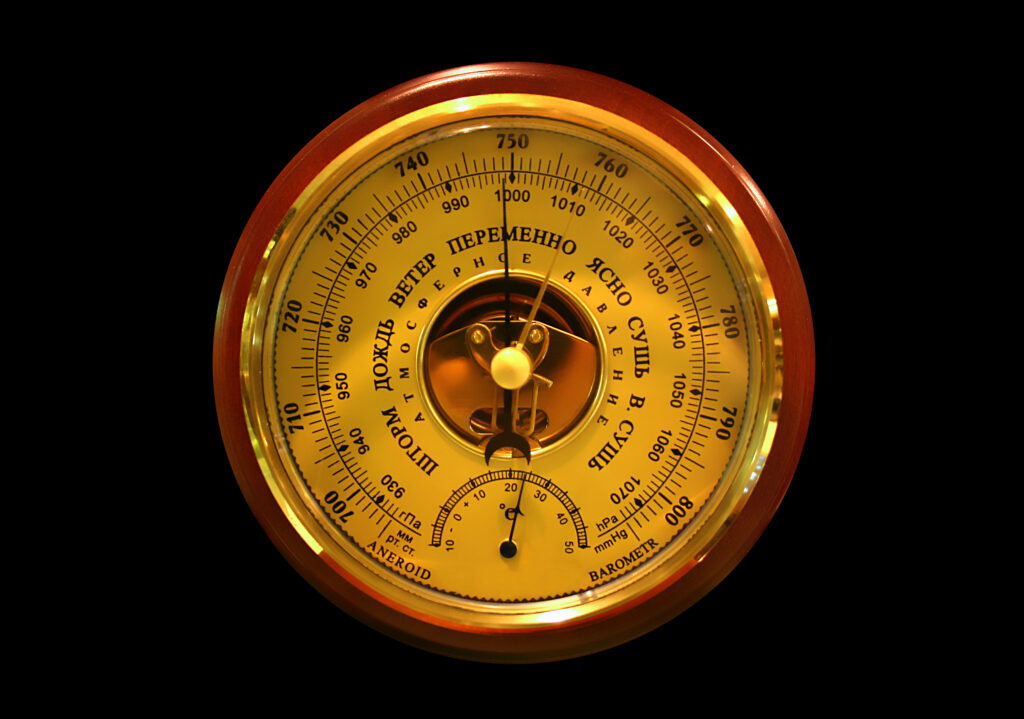If your joints seem to predict the weather better than the evening news, you’re not imagining things. Many people living with chronic pain notice their symptoms spike when the skies turn grey, the temperature drops, or a storm rolls in. It can feel frustrating—not just because you’re hurting more, but because it’s hard to explain why it happens.
The connection between weather and pain has been reported for centuries, yet it’s still a bit of a mystery. Is it the cold? The dampness? The pressure in the air? While science hasn’t nailed down one definitive cause, there’s growing evidence that changes in barometric pressure, humidity, and temperature can affect how our bodies process pain.
So what’s really going on? Let’s talk about the mechanisms behind weather-related pain, and the tools and habits that can help you prepare, adapt, and feel more in control when the forecast isn’t on your side.

Is It Just in My Head? Why Weather and Pain Are Connected
If you’ve ever mentioned to someone that your pain gets worse when it rains, you may have been met with a skeptical look or a polite nod. But this experience is more common than most people realize—and it’s not all in your head.
Many people living with arthritis, migraines, fibromyalgia, or other chronic pain conditions report that their symptoms flare up with changes in the weather. While researchers haven’t yet found a single, definitive explanation, there’s growing recognition that the link between weather and pain is real.
One leading theory involves barometric pressure, which is the weight of the air pressing on our bodies. When a weather system changes, especially before a storm, barometric pressure drops. This shift may cause tissues (especially those already inflamed or injured) to expand slightly, putting more pressure on nerves and joints.
Other factors like temperature drops, increased humidity, or damp, cold air may also influence how pain is felt. For example, cooler weather can tighten muscles, stiffen joints, and affect circulation. All of these factors can make chronic pain feel more intense.
So no, you’re not imagining it. The relationship between weather and pain might not be fully understood yet, but science is catching up to what your body has likely known all along.

Why Some People Feel It More Than Others
Have you ever wondered why your neighbour with arthritis seems fine during cold snaps, while you feel like your joints are screaming every time a storm rolls in? The truth is, the connection between weather and pain doesn’t affect everyone the same way, which is also what makes it so hard to study and treat.
We all have different pain thresholds, nervous system sensitivity levels, and personal histories with injury or illness. For some, the nervous system becomes more reactive over time, almost like it’s stuck in high alert. This state—known as central sensitization—can make even minor environmental shifts feel overwhelming to the body. In people with fibromyalgia or long-standing pain conditions, the weather can act like a trigger, setting off pain signals even without any new injury.
Genetics, past trauma, emotional stress, and sleep patterns all influence how we experience weather and pain. Two people could have the same diagnosis but completely different pain responses depending on their internal wiring and external lifestyle.
The good news is that you don’t have to figure it out perfectly to take action. Becoming more aware of your own patterns, such as how you feel in different seasons and how stress or sleep affect your pain, can help you develop a personalised plan to manage it. Weather and pain might always have a relationship, but it doesn’t have to be a controlling one.

Tools and Habits to Help You Feel Better—Rain or Shine
While you can’t control the forecast, you can control how you prepare for it. If you’ve noticed a connection between weather and pain, a few simple adjustments can make a big difference in how your body responds.
Start by tracking your symptoms alongside the weather. Use a journal or pain app to record flare-ups, noting temperature, humidity, and barometric pressure. Patterns may emerge, helping you predict and plan for tougher days.
Layer up in cooler months to keep muscles warm and relaxed. Thermal clothing, heated blankets, and hot water bottles can ease stiffness and soothe aching joints, especially when damp or cold weather moves in. If you experience swelling, gentle compression garments may also help.
Staying active indoors is key. When it’s cold or rainy outside, it’s tempting to stay still, but movement keeps joints lubricated and muscles flexible. Gentle stretching, yoga, or tai chi can all support your body’s resilience against weather-related pain triggers.
Anti-inflammatory nutrition is another powerful tool. Stay hydrated and focus on whole foods rich in omega-3s, antioxidants, and magnesium. These nutrients may reduce the baseline inflammation that weather changes tend to amplify.
Most importantly, listen to your body. Recognising the connection between weather and pain allows you to respond with intention rather than frustration. Small, consistent changes can help you feel more in control, no matter what the skies are doing.

You’re Not Alone: Trusting Your Experience
If you’ve ever felt dismissed when bringing up the connection between weather and pain, you’re not alone. Many people have been told it’s “just a coincidence” or brushed off with a joke about being a “human barometer.” But your experience is valid, and it matters.
The truth is, there’s still much we don’t fully understand about how weather and pain interact. But just because science is still exploring the mechanics doesn’t mean your day-to-day reality is any less real. Your body is constantly giving you information, and learning to trust it is a powerful part of healing.
You’re doing the best you can with what you’ve got, and recognising patterns between weather and pain gives you an edge. Instead of being caught off guard by seasonal shifts or stormy days, you can prepare.
Remember: pain may be part of your life, but it doesn’t have to call all the shots. With the right tools, support, and mindset, you can reduce the impact of weather changes on your well-being and reclaim more of your comfort, confidence, and control.
Ready to take control of your pain—no matter the weather?
The OffPain online course goes beyond symptom management to help you understand the why behind your pain and what you can do about it. Through simple, science-backed strategies, you’ll learn how to calm your nervous system, build resilience, and create lasting change, rain or shine.
